Those ubiquitous seagulls you see gracing coastlines, beaches, and even your local parking lot – they’re often Herring Gulls, the most common gull species of the North Atlantic. With their striking gray and white plumage, piercing calls, and knack for scavenging, Herring Gulls are a familiar sight for anyone living near or visiting the coast. But there’s more to these birds than meets the eye. Let’s delve into the fascinating world of the Herring Gull, exploring its appearance, behavior, diet, and the important role it plays in the coastal ecosystem.
What is the Most Common Sea Gull?
The Herring Gull (Larus argentatus) reigns supreme as the most common seagull, particularly across North America. Sporting a dapper outfit of gray and white feathers, accented by pink legs and black-tipped wings, they’re instantly recognizable. True to their opportunistic nature, Herring Gulls are highly adaptable and congregate wherever food is abundant, from bustling coastlines and bays to inland lakes and even urban centers.
These birds are hard to miss, with a wingspan that can reach an impressive 50 inches. Their large size, combined with their bold personalities and loud calls, makes them a constant presence in coastal areas. While the classic European and American Herring Gulls are the most widespread, the Herring Gull family boasts a variety of subspecies, each with its own unique characteristics. This diverse group includes Common Gulls, Kelp Gulls, and the more elusive Ross’s Gull. Despite their differences, all share that quintessential Herring Gull charm.
Where Do Herring Gulls Live and Thrive?
Herring Gulls are remarkably adaptable and can be found in a wide range of habitats, both coastal and inland. While they are most commonly associated with coastlines, these resourceful birds have learned to thrive in human-modified environments.
Their omnivorous diet, which includes fish, crabs, insects, and even garbage, allows them to find sustenance in a variety of places. Their ability to eat almost anything has made them a common sight in cities and towns, where they scavenge for food in parks, parking lots, and landfills.
Despite their reputation as scavengers, Herring Gulls are intelligent creatures with complex social lives. They form breeding colonies on islands, cliffs, and shorelines, fiercely defending their nesting territories from rivals. These adaptable birds have even been known to utilize rooftops in urban areas for nesting.
Herring Gulls are also surprisingly long-lived, with some individuals reaching over 20 years of age. Their longevity, combined with their adaptability and opportunistic feeding habits, has allowed them to thrive in a changing world.
Herring Gull Behavior: What Makes Them Unique?
Herring Gulls are fascinating creatures with a complex repertoire of behaviors. Their large size, striking appearance, and loud vocalizations make them hard to miss. But beyond their obvious characteristics lies a world of intricate social interactions, feeding strategies, and adaptations that allow them to thrive in a variety of environments.
One of the most remarkable aspects of Herring Gull behavior is their adaptability. These birds are opportunistic feeders, consuming a wide range of prey and readily exploiting human food sources. This adaptability has allowed them to expand their range and thrive in areas where other gull species might struggle.
Herring Gulls are highly social birds, forming large flocks and exhibiting complex communication patterns. Their vocalizations, which include a variety of calls, screams, and alarm signals, play a crucial role in their social interactions.
During the breeding season, Herring Gulls become fiercely territorial, defending their nesting sites from intruders. Their aggressive displays, which can include loud calls, wing flapping, and even physical confrontations, are a testament to their dedication to protecting their young.
Identifying a Herring Gull: Appearance and Characteristics
Identifying a Herring Gull might seem straightforward – they’re the classic “seagull” image, right? While true, a few key features distinguish them from other gull species:
- Size: Herring Gulls are relatively large, with adults boasting a wingspan of up to 5 feet. This sets them apart from smaller gull species like the Ring-billed Gull.
- Coloration: Their plumage is a study in contrasts: a clean white head and underparts, a pale gray back and wings (called the “mantle”), and those distinctive black wingtips speckled with white “mirrors.” These markings are crucial for species identification.
- Legs and Bill: Don’t forget their pinkish legs and feet – a subtle but important detail. Their bill, sturdy and yellow, is often marked with a red spot near the tip, a feature particularly noticeable in breeding adults.
- Behavior: While appearance is key, behavior offers clues too. Herring Gulls are bold and opportunistic, often seen scavenging near humans, snatching food scraps, or harassing other birds for their meals. Their loud, raucous calls are another giveaway, often described as the quintessential sound of the seaside.
Are you perplexed by a seabird that resembles a gull? Explore our page on seabirds related to gulls for an in-depth analysis. Additionally, if you’re curious about other feathered creatures that share similar traits, venture into our article on what bird looks like a sea gull.
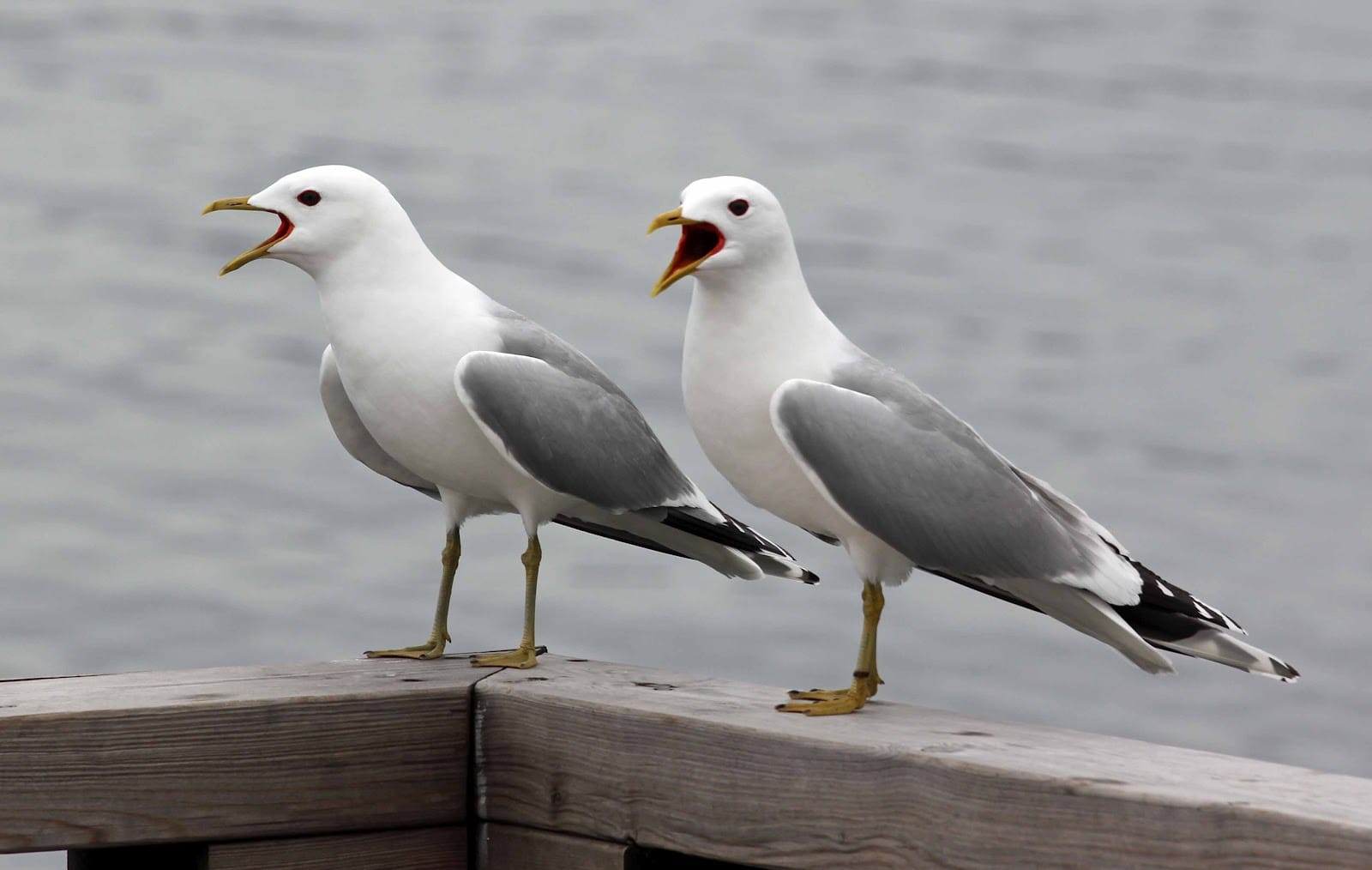
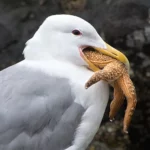
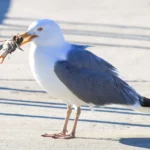
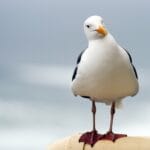
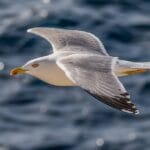

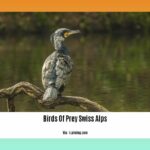






Comments are closed.